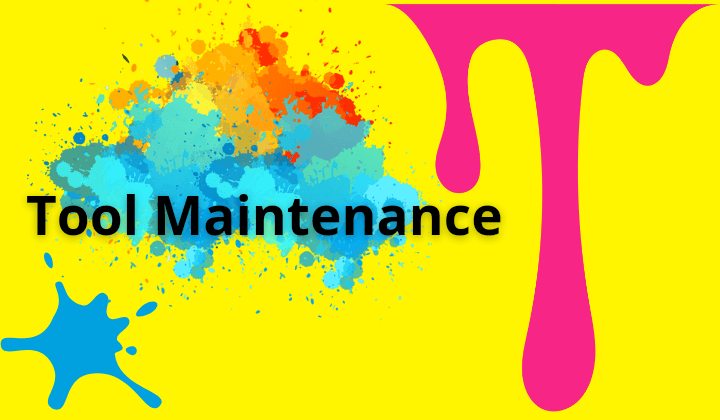Embarking on a drywall project can be a rewarding endeavor, whether you’re a seasoned DIY enthusiast or a homeowner looking to tackle home improvement tasks. Drywall installation and finishing require a set of basic skills that, when mastered, can significantly impact the overall quality and efficiency of the project. In this comprehensive guide, we will explore the essential skills needed for successful drywall projects, covering everything from preparation to finishing touches.
Measuring and Planning:
Before diving into the physical aspects of drywall installation, it’s crucial to start with precise measurements and a well-thought-out plan. Accuracy at this stage lays the foundation for a smooth and successful project. Use a tape measure, level, and straightedge to measure and mark the areas where drywall will be installed. Plan for outlets, switches, and corners, taking into account the necessary allowances for seams and edges.
Understanding Drywall
Before delving into the basic skills, it’s essential to have a clear understanding of what drywall is and its purpose. Drywall, also known as gypsum board or plasterboard, is a construction material used for creating interior walls and ceilings. It consists of a core of gypsum sandwiched between layers of paper, providing a smooth and durable surface for painting or other finishes.
Cutting Drywall:
Cutting drywall panels accurately is a fundamental skill that ensures a proper fit and minimizes wastage. Use a utility knife and a straightedge to score the front side of the drywall, then snap it along the cut line. Finally, cut through the paper backing. For curved cuts or openings for outlets and switches, a keyhole saw or a rotary tool can be employed.
Installing Drywall:
Proper installation is crucial for the stability and longevity of your drywall. Start by positioning the drywall sheets perpendicular to the framing studs. Leave a 1/4-inch gap between sheets for expansion. Fasten the drywall using screws or nails, placing them every 6 to 8 inches along the edges and every 12 inches in the field. Ensure that the fasteners are sunk slightly below the surface without breaking the paper.
Taping and Mudding:
Taping and mudding are the processes that give your drywall a seamless, finished look. Apply drywall tape over the seams, ensuring it’s centered and free of wrinkles. Use joint compound (mud) to cover the tape and screws or nails, feathering the edges to create a smooth transition. Multiple thin coats are preferable to one thick layer, allowing each coat to dry before applying the next.
Sanding:
Sanding is a critical step in achieving a flawless finish. After the joint compound has dried, use fine-grit sandpaper or a sanding sponge to smooth the surfaces. Be thorough but gentle, avoiding over-sanding, which can damage the drywall or expose the tape. Dust control is crucial during this step; consider wearing a dust mask and using a vacuum sander or a dust collector to minimize airborne particles.
Priming:
Before applying the ultimate paint or finish, priming the drywall is crucial to enhance adhesion and establish a smooth surface. Opt for a high-quality primer and apply it uniformly using a paint roller or brush. Ensure the primer dries completely before advancing to the next step
Painting:
Upon completing the installation, taping, mudding, sanding, and optional texturing of the drywall, the concluding phases encompass priming and painting. The application of a high-quality primer serves to ready the surface for paint, promoting improved adhesion. Select a paint color that harmonizes with your space, and employ a top-notch paintbrush or roller to achieve a smooth finish. It is imperative to allow each coat to thoroughly dry before proceeding with the application of the subsequent layer.
Repairing Imperfections:
Even with careful execution, imperfections may still arise. Whether it’s a dent, crack, or uneven surface, addressing these issues is a crucial skill. Small dents can be filled with joint compounds and sanded once dry. Cracks may require additional tape and mud application. Be patient and meticulous in these touch-up phases to ensure a flawless final result.
Tool Maintenance:

Maintaining your tools is often an overlooked aspect of drywall projects. Clean your tools thoroughly after each use to prevent dried joint compounds and paint from affecting their performance. Check screws or nails for rust and replace any that show signs of corrosion. Well-maintained tools not only make the job easier but also contribute to the longevity of your equipment.
Safety Awareness:
Finally, a fundamental skill for any DIY enthusiast or contractor is safety awareness. Wear appropriate personal protective equipment (PPE), including safety glasses, dust masks, and knee pads. Utilize proper lifting techniques to prevent strain and injury. Exercise caution when working with power tools, and always adhere to safety guidelines and recommendations.
Conclusion:
Mastering the basic skills for drywall projects empowers individuals to transform their living spaces with confidence and precision. From accurate measuring and cutting to the art of mudding and sanding, each step plays a crucial role in achieving professional-looking results. Safety precautions, problem-solving skills, and attention to detail further contribute to the success of a drywall project.
As you embark on your drywall journey, remember that practice makes perfect. Don’t be afraid to start with small projects to hone your skills before tackling larger and more complex endeavors. With dedication and a commitment to learning, you’ll be well on your way to creating beautifully finished walls and ceilings that enhance the aesthetic and functionality of your space.



